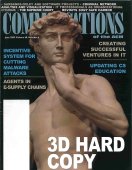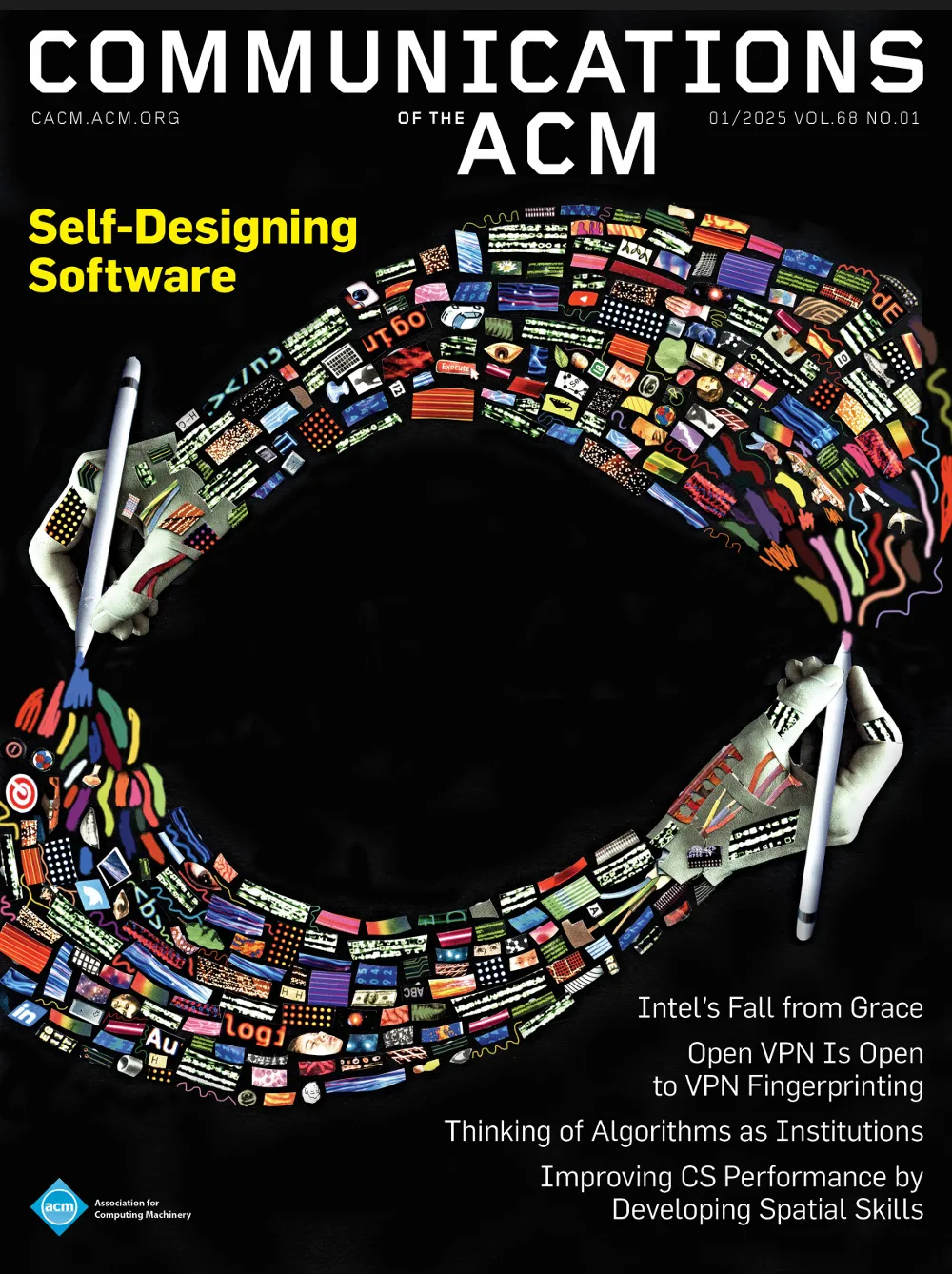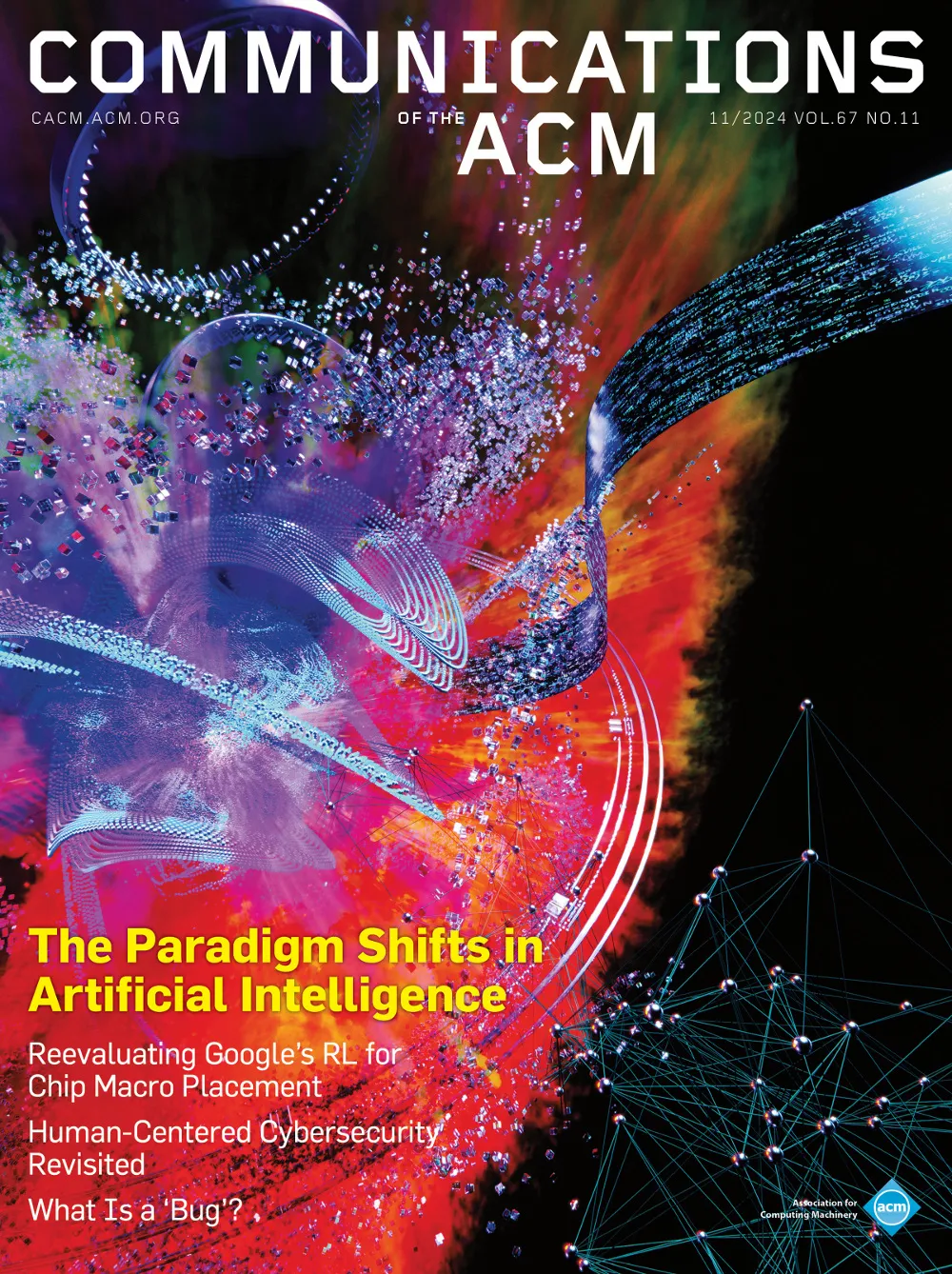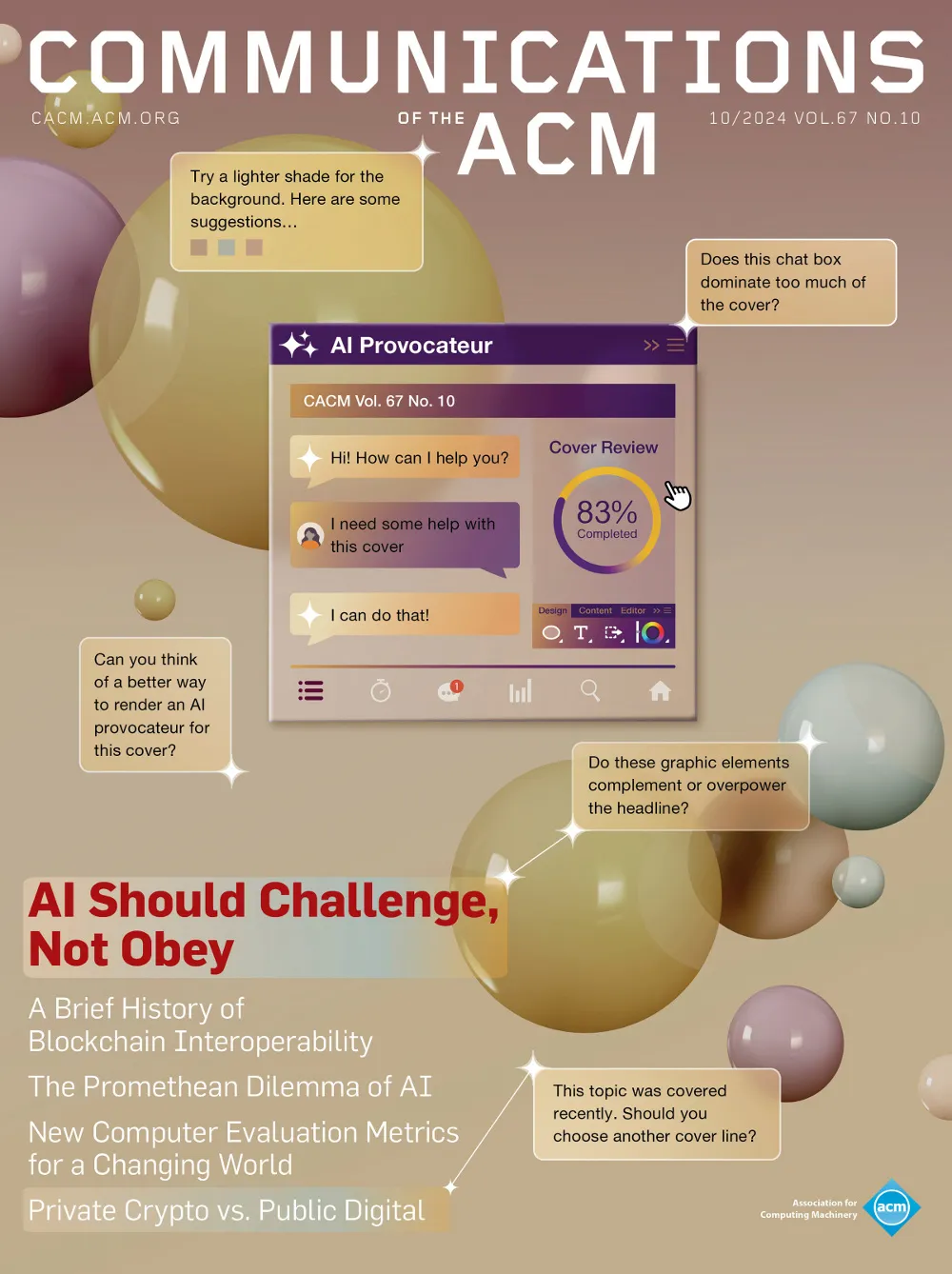June 2005 - Vol. 48 No. 6

Features
Sarbanes-Oxley and Software Projects
Top 10 Downloads from Acm’s Digital Library
The Supreme Court Revisits the sony Safe Harbor
-pdating Computer Science Education
Rapid Prototyping in Consumer Product Design
Layered Manufacturing For Scientific Visualization
Layered Manufacturing Technologies
Shape-Based Retrieval and Analysis of 3D Models
Rapid Prototyping: a 3D Visualization Tool Takes on Sculpture and Mathematical Forms
Protecting 3D Graphics Content
Creating Successful Entrepreneurial Ventures in It
It Professionals as Organizational Citizens
An Incentive System For Reducing Malware Attacks
Criminal Network Analysis and Visualization
Knowledge Management Mechanisms of Financial Service Sites
The Bible and Multilingual Optical Character Recognition
The Can-Spam Act: a Silver Bullet Solution?



